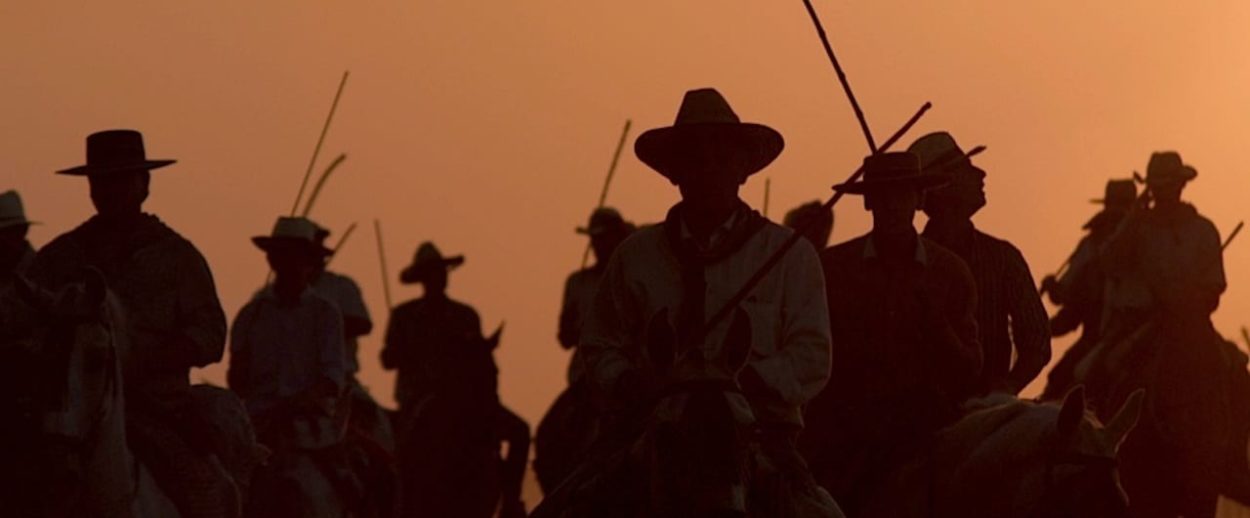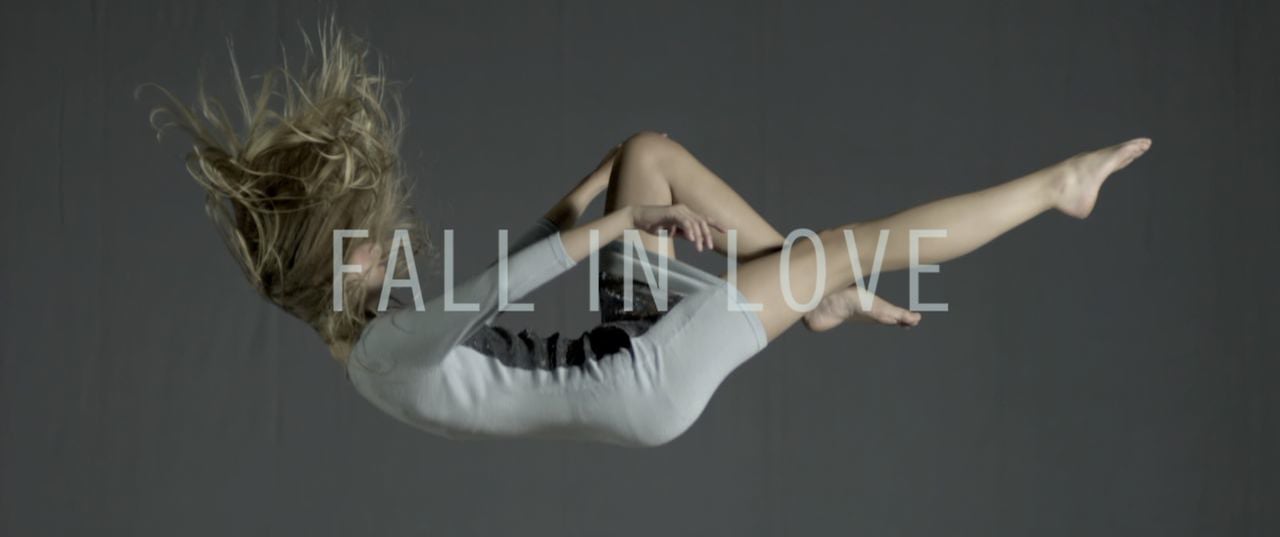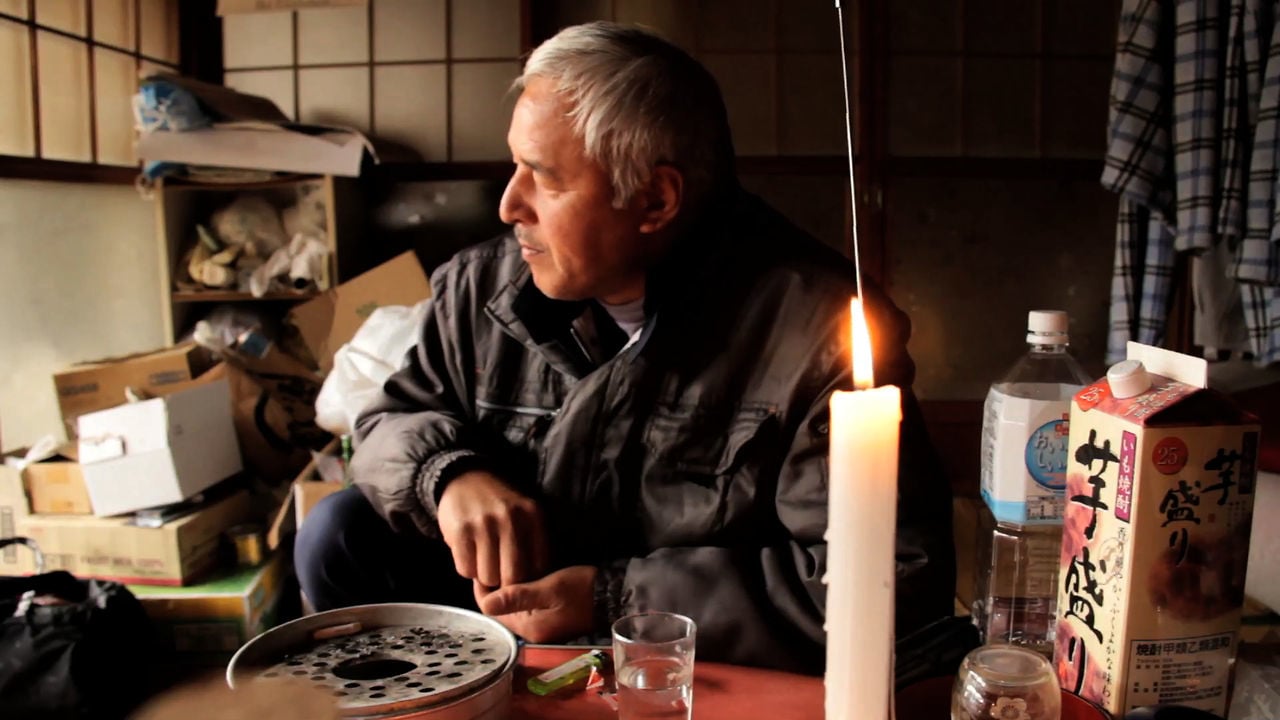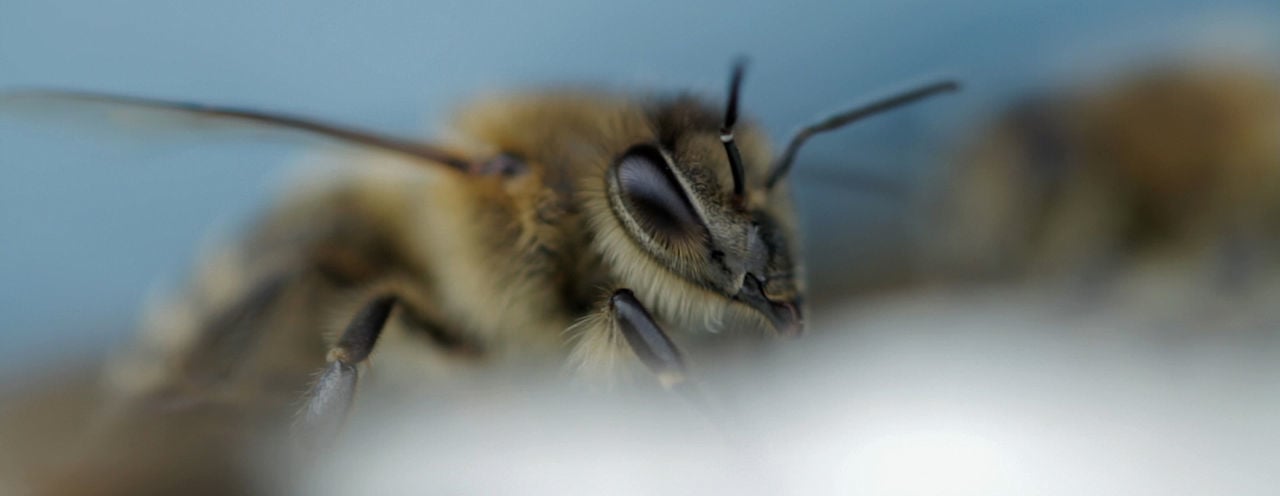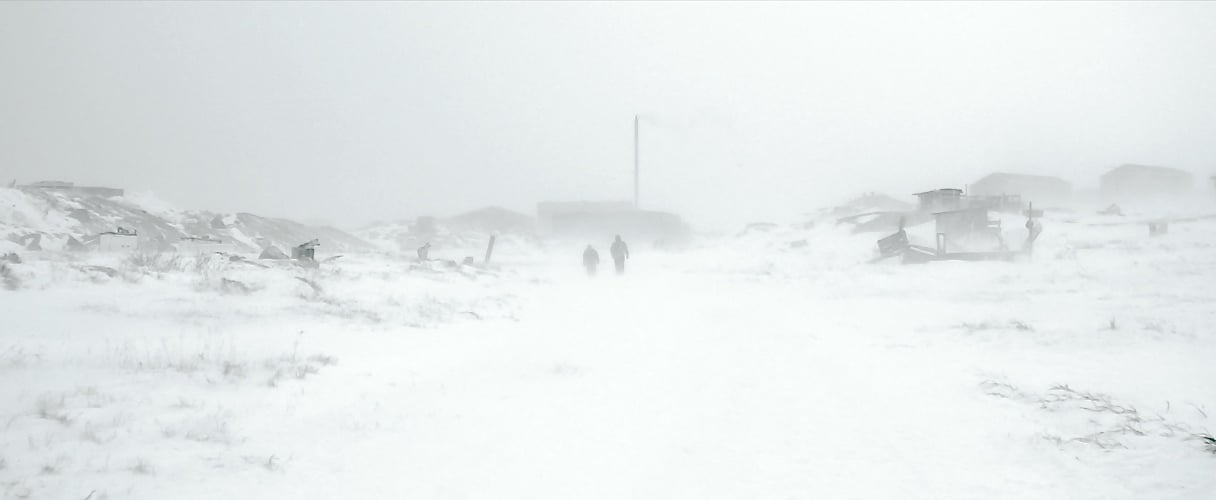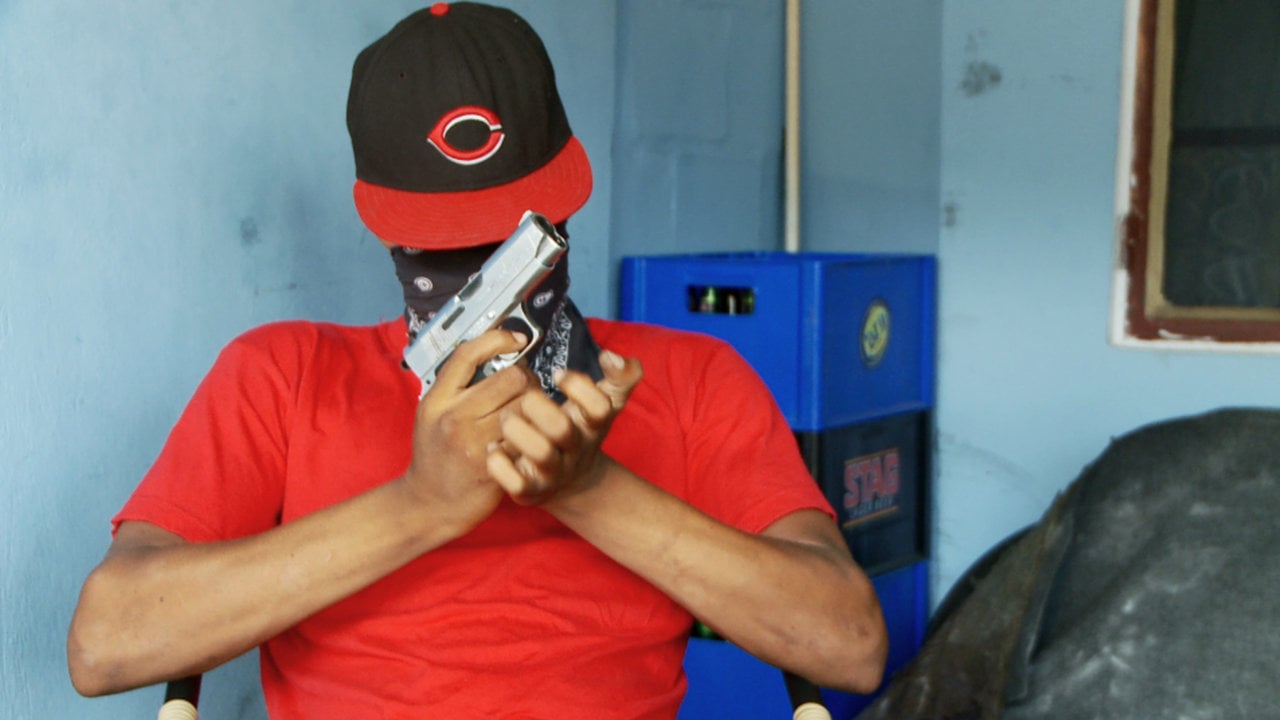Glen Milner’s short documentary films are usually about an extraordinary and often endangered way of life – for instance a fisherman in Greenland dealing with the thinning ice, a profile of Naoto Matsumara who is the only resident who decided to not leave Fukushima after the nuclear power plant disaster, the Romanian nomadic bee keepers, and now this stunning film on the horsemen of Almonte in Andalucia. The subjects are fascinating but it’s the filmic way Milner tells their stories which is so captivating and enriching.
How do you discover and research your subjects? And at what point do you decide to make a film on that subject?
It’s my job to find stories so I’m always on the look out for subjects that really interest me. Sometimes commissioners will ask me for an idea based in a particular country, but I only decide to tackle a subject once I know that particular story has a lot of depth to it. In documentary filmmaking, the research stage can be just as interesting as the actual filming as you never know where it will take you.
Your films capture the soul of the subject, as if you dig until you can reveal the heart of a story. For instance the film of Naoto Matsumara could have been rather desperate but it’s a film of quiet beauty and integrity. Is this something you are consciously seeking to do?
That theme of an endangered way of life, how people solve problems and tackle issues head-on really appeals to me as I hope the films not only introduce a new subject to an audience but also an attitude towards life than can prove inspiring. My first factual film was travelling around Rwandan prisons looking at rape being used as a tool of genocide and then visiting victims. The Rwandan women were incredibly strong in their bravery to seek justice and move forwards for the sake of their community. It was from then on I realised I wanted to try and document this side of the human condition where possible.
You usually do your own cinematography. Is it a fairly portable kit you take with you – what do you shoot on? Film or digital? And what crew is with you?
I shoot on the camera that suits the job but my favourite camera is the Red Epic. It shoots beautiful images, gives you high-speed options, can take a bit of a bashing, and best of all for me I can strip it back to be really portable.
Do you use natural light as much as possible – are they long shoots of capturing sunrises and dusks?
I try to film magic hour and golden hour when I can, so they can be very long days but it depends on where you are in the world. In Northern Greenland we only had a four hour window of light a day, so the rest of the time was basically drinking with fishermen, so not always that demanding.
Are the wide panoramas shot from a helicopter?
We used an Octocopter (or drone camera). It’s a noisy thing but you get lovely steady movement.
What moments stand out from the shoots – any hair raising or heart-rendering times?
There was a moment at the Church where I was filming the horses circling. There was around 1,400 of them gathering momentum and I was in the fenced pen when I turned to my right to see five of six horses coming towards me. Luckily my producer Amy dragged me to the side and spectators pulled me up a fence by the scruff of my neck. The camera kept rolling so It’s an interesting take of me jumping for my life and the horses screaming by, although my producer is extremely experienced with horses and would just see that as me being dramatic.
Another interesting moment came in filming in Fukushima as I had to dress as a Japanese road workman and be smuggled past the police cordon into the radiation zone. It was very tense indeed.
You are very adept at telling a life story in three minutes and usually edit your work yourself. Do you bear the edit in mind when you are shooting? Or is it a matter of shooting lots of material and the story unfolds in the edit?
I am always thinking about the edit. I shoot for the edit. If it doesn’t mean anything, it won’t get shot.
Are you ruthless when editing – some of the cuts are quite quick which must be painful when you’ve shot lots of great footage?
Some really nice sequences always end up hitting the cutting room floor, which is always a shame but it has to be about the story. In short films you really have to be ruthless as it’s a very different audience and online very few people actually watch content over two minutes. I’ve done shorts up to 10 minutes long that cover more complex issues, but aim to hit people with a burst of a culture that hopefully interests them. A lot of films I make are subtitled as well, so you don’t want to lose people’s interest.
What part of the film making process do you enjoy the most?
Both the shoots and edits are as equally rewarding. On the shoots there are sometimes moments where as a crew you’ll turn to each other and say ‘Wow, this is really something.’ Whether it is filming Amazonian tribes or capturing the first light of the year in the Arctic, it’s those times you really get why you are doing it. It’s the same for the edit, when you piece a story together and it takes shape how you’d envisaged, it makes the hard work worthwhile. Also, there are pieces that start debate, such as the Haitian Child Trafficking film I did for the Telegraph which went on to be written about in several other publications, so all stages of the filmmaking process can be special.
Your three-minute films would be perfect for brand content. Does that commercial genre interest you?
It does and I’ve done a few commercial pieces now. If you can get brands to explore an ethos or idea without directly advertising, it can make for really interesting content.
We love your fashion film for Markus Lupfer 2013 too which is completely different film making from your docs. How did you find this process?
I like getting into the studio now and again and having control over a shoot. It’s rare when you are out shooting factual that you’ll have control over anything, so studio concept pieces like this can be really fun and very creative plus I like coming up with ideas like this and seeing them through.
We had to choose a model that was comfortable doing some serious trampolining and luckily Kirstie had some experience and really gave it her all. We had to hire the largest grey backdrop we could find and set up in the only gymnasium that would have us. The trampoline instructor trained Kirstie in back and seat drops, so we had to be patient and it took a fair bit of putting together. The piece was shot on the Phantom and we were really pleased with the final images and thankfully so was the client.
Link:
